Based on recent analysis by the International Energy Agency, Australia’s total public RD&D spending on renewables fell to just $71.8 million in 2019, which is the lowest level since 2006 and represents a significant decrease from the $577.6 million spent in 2013, a peak for the decade.
“Average RD&D spending on energy has fallen by 58 per cent over the past five years (2014-2019) compared to the previous decade, at a time when Australia should be increasing its RD&D investment to meet the coming challenges of emissions reduction and the energy transition,” said Clean Energy Council (CEC) chief executive, Kane Thornton.
“Australia ranked 23rd out of 26 countries in public RD&D energy investment per thousand units of GDP. This is unacceptable for a country that is relying so heavily on technology to meet its international climate commitments. This public funding is also key to unlocking massive amounts of private sector innovation and investment that flows to countries with the strongest levels of government support.”
While the Australian Government’s energy policy remains focused on ‘technology not taxes’, it is unfortunate that this is not currently matched by government funding into the critical RD&D stages of clean energy technologies. More funding would also provide an opportunity to develop and define the skills and future workforce here in Australia rather than giving away those jobs and career pathways to our international partners.
“A good starting point would be to double annual funding for clean energy RD&D to $200 million,” Thornton said.
“This would be more than twice the current level of funding, which at less than $100 million per annum is at its lowest level in 20 years.”
According to the CEC, there should also be a review of the Federal R&D Tax Credit Scheme to ensure that renewable energy projects are eligible and that there are more substantial incentives for innovation in clean energy.
“Australia has the key technologies – wind, solar, hydro and energy storage – to rapidly decarbonise our electricity system over the next decade and achieve net-zero before 2050,” Thornton said. “There remains an opportunity to leverage the great work of the Australian Renewable Energy Agency (ARENA), the Clean Energy Finance Corporation (CEFC) and institutions like CSIRO to accelerate innovation in technology supply chains, find smart solutions to integrating new technologies, and encourage research into the emerging challenges of a fully renewable energy system.
“Driving this innovation will ensure a greater diversity of solutions, reduce costs and maximise the opportunity for Australia to benefit from local manufacturing and supply chain opportunities as well as better support the integration of these technologies into the energy system.
“Australia can lead the way on key technically complex and innovative solutions and leverage this extraordinary export and global leadership opportunity as a clever country.”

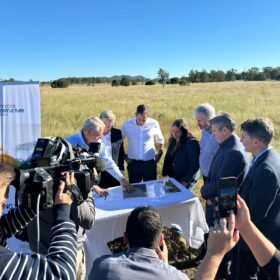
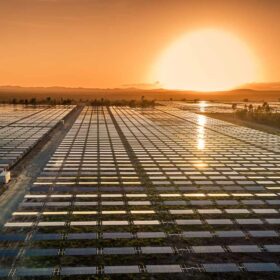
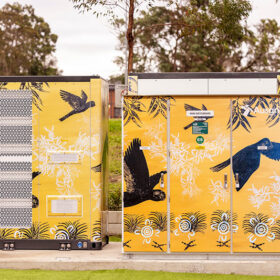
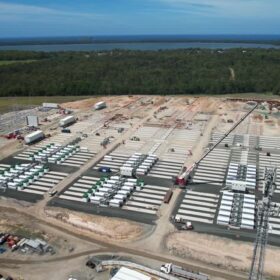
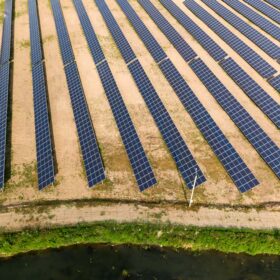
By submitting this form you agree to pv magazine using your data for the purposes of publishing your comment.
Your personal data will only be disclosed or otherwise transmitted to third parties for the purposes of spam filtering or if this is necessary for technical maintenance of the website. Any other transfer to third parties will not take place unless this is justified on the basis of applicable data protection regulations or if pv magazine is legally obliged to do so.
You may revoke this consent at any time with effect for the future, in which case your personal data will be deleted immediately. Otherwise, your data will be deleted if pv magazine has processed your request or the purpose of data storage is fulfilled.
Further information on data privacy can be found in our Data Protection Policy.